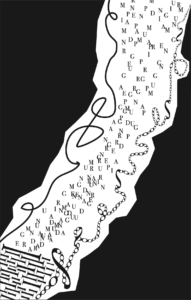The “fluidity of the digital” was stated as “One could say that we were entering ‘the post-photographic age’ in the sense that the fidelity of the mechanical age was being replaced by the fluidity of the digital” in the original article. Which means that the mechanical age is replaced by the digital age by removing the originality of an images. As technology developed, photography also grows into a different medium. The existence of technology such as, computer and photo editor apps makes us easier to manipulate pictures. This made the writer view a photographer as “image designers” the writer couldn’t present their own image. For example the picture below:

The manipulation gives more attraction to the viewers as it has a dark feel towards it. The editor edits the picture according to her article as her article is in a dark theme.
Even though photographs can prove to the world that an event happened without being subjective like interviewing a witness, photographs can easily be manipulated. This manipulation over photographs gives a perspective that our pictures are insufficient and unreal. Hence, video, the recording of moving visual images, is more capable in capturing the reality. The reason is that photographs only capture one occurrence while videos can catch multiple occurrences. While video captures more aspects such as, voices, gestures, settings and facial expressions. Although, videos can also be edited, but videos are harder to be edited than images. Books aren’t a reliable resource since, people can make up stories with their imagination. Words and texts are too subjective.



